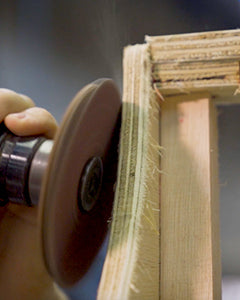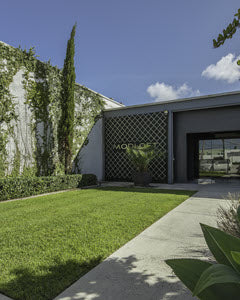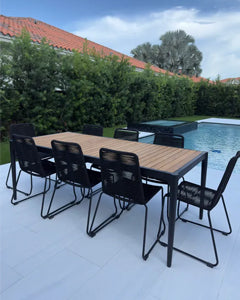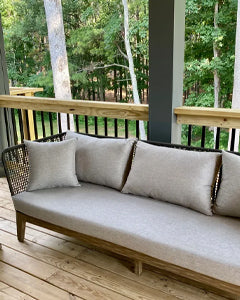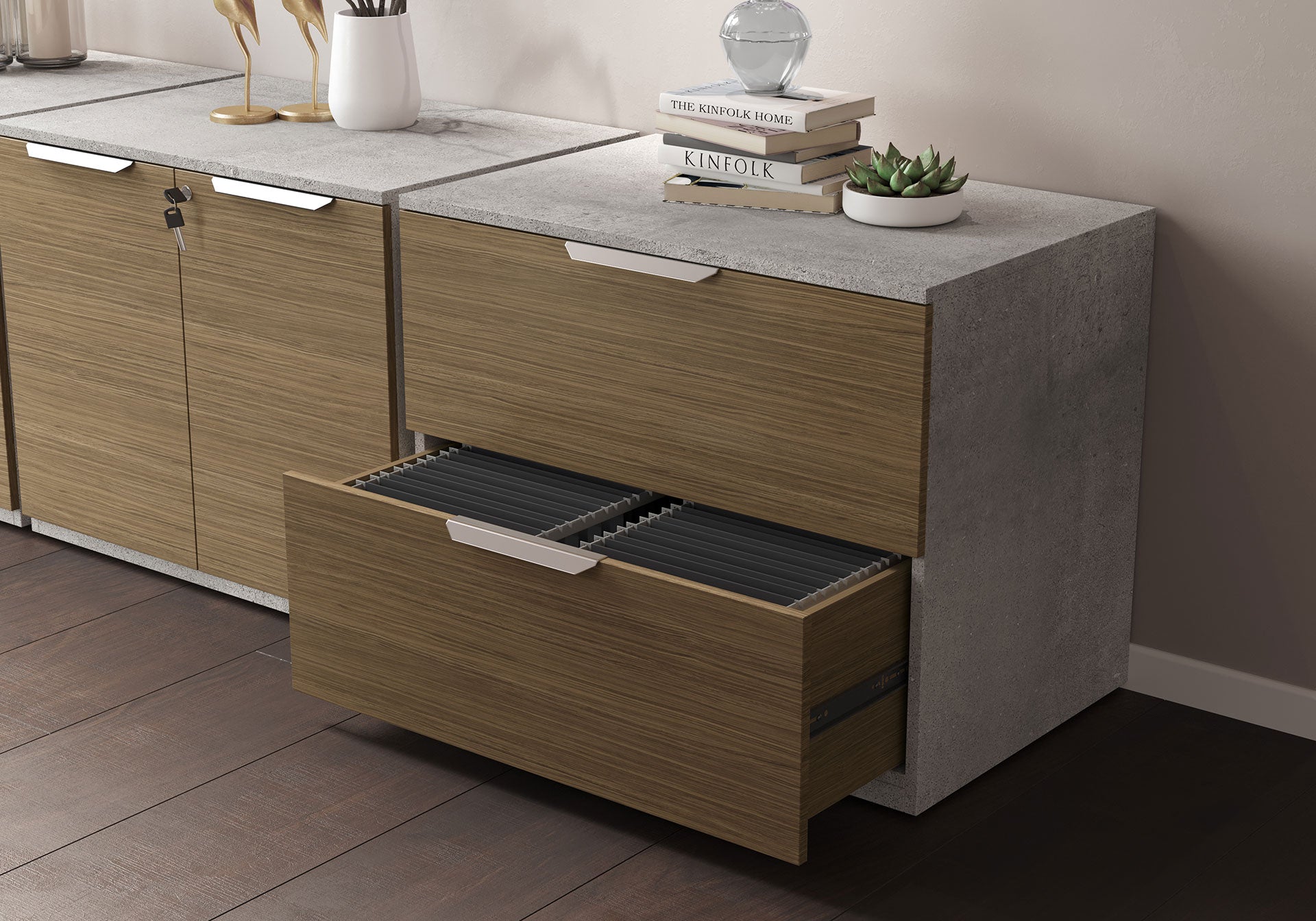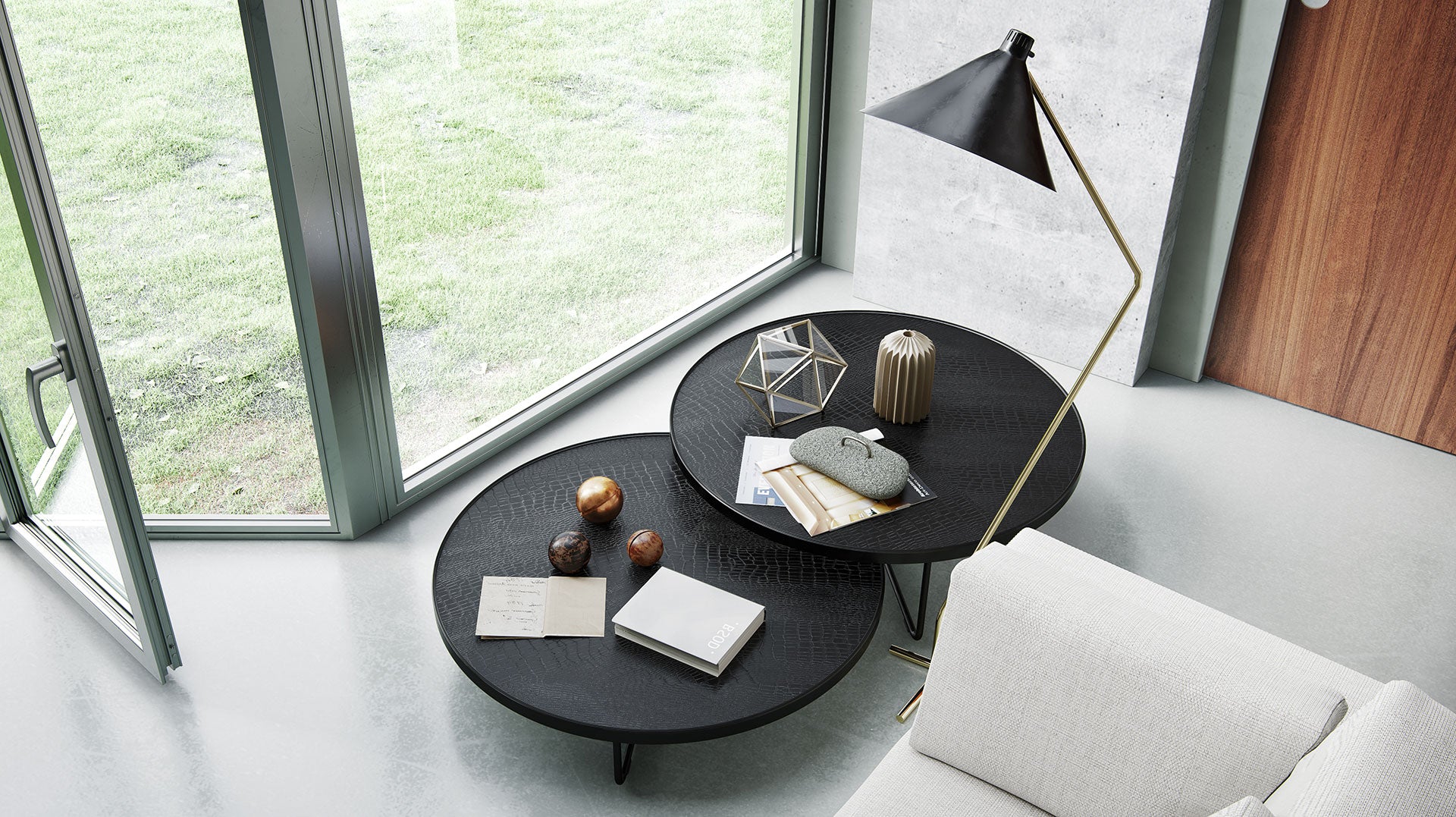Paddle. Racket. Bat. Whatever you call it, the tool you wield when you play your favorite pastime game needs care. Ping pong is a sport and hobby beloved by many, and learning to care for your paddles is arguably as important as learning to use them.
If you’re new to the world of ping pong and wondering why your paddle isn’t as sticky or grippy as it once was, we’re here to help. We’ll cover a little history about the game, why ping pong tables at home are ideal choices, and how to carefully clean your ping pong paddle to ensure it lasts as long as possible.
Ping Pong: A Little Background History
You love the game and probably play a fair amount in your spare time. True aficionados know that ping pong is an Olympic sport. You likely have your favorite players and follow their careers.
Ping pong didn’t start out on a table. In the 1800s, lawn tennis was a popular pastime activity that centered around social events. Originating in England, the sport was initially played by the elite but trickled down to common folk as a means of passing the time and enjoying each other’s company.
When the weather turned, and it was no longer comfortable to be outdoors, players looked for ways to bring the sport inside. It wasn’t until a patent was applied for in 1885 that table tennis became a game of its own.
Early table tennis didn’t enjoy an overwhelming acceptance. The balls used were cork and bounced too high to work efficiently. Once better balls were introduced, the sport took off. The International Table Tennis Federation was organized in 1922, and the first world championship was held in 1939.
Today, table tennis is a worldwide sport and is enjoyed as a favorite pastime by many.
Ping Pong Tables in the Home
When considering a gaming table, the two most popular options are the ping pong table or the pool table. While either can be a great option, a ping pong table may be a better fit.
Here’s why:
Size
The sheer size of a ping pong table often makes it the easy choice when in competition with a pool table. Although you can find pool tables that are smaller in size, most of them are quite large, heavy, and difficult to move.
A ping pong table is much smaller, usually has cleaner edges, and can be easily stored or relocated.
It should be noted that when deciding whether your space is made for a pool table or a ping pong table, you’ll have to account for additional space around the perimeter of the table for players to move and enjoy the gameplay.
For a pool table, the distance of the pool cue held comfortably will play a factor. A ping pong table will need about three to six feet of additional space around the edges for gameplay.
Game Play
Pool is a great game, but it does involve a lot of downtime for players waiting to take a turn or engage in a game. Because pool is largely a game of perfecting moves and thinking intently about strategy before taking a move, it can take a long time for each player to take their turns.
Ping pong, on the other hand, is fast-paced and allows for numerous players to enjoy the gameplay one after the other. If you were planning to purchase a gaming table for a communal room where numerous people gather, a ping pong table would definitely be the best option.
All Weather
It’s nearly impossible to find a pool table that will work outdoors. The felt on a pool table is a necessary part that can’t easily be adapted to work outdoors. Exposure to the elements will ruin felt, rendering a table useless.
A ping pong table, however, can be constructed to withstand virtually any type of weather. The coated surface can be treated with a waterproofing solution to ensure it can handle humidity and rain.
Aesthetics
From an aesthetics standpoint, you could call the comparison between the two tables a toss-up. Some pool tables are built with exquisite design and are quite literally artwork in themselves. However, if you’d like to add a gaming table to your home that has a sleek, clean design, a ping-pong table is a better option.
Modlot’s Amsterdam Ping Pong Table has a sleek design that gives it an understated elegance that makes it ideal for any type of home decor.
Our table easily converts from a ping pong table to a multi-use dining table with the addition of side benches. The powder-coated infinity legs and concrete and fiberglass construction give it the perfect ratio of durability and stunning visual appeal.
Ping Pong Paddle 101
Once you’ve decided on a ping pong table, you’ll likely want to make sure you have all the right equipment to play your best game. If you think there isn’t much that goes into a ping pong paddle, think again.
Ping Pong Paddle Anatomy
Each ping pong paddle has a few foundational parts that you’ll need to become familiar with when selecting the perfect ping pong paddle for your use.
-
Blade. The blade of the paddle refers to the large, flat surface that strikes the ball. The blade will be covered in rubber, but the construction of the blade (underneath the rubber) matters.
Blades can be made from wood, carbon, or composite material. Depending on how you play your game, a specialist can recommend the perfect blade for you. - Handle. There are three distinct types of handles. The flared handle is the most popular, followed by the anatomical grip handle and then the straight. The handle is largely a matter of personal comfort.
- Rubber. The rubber covering of your ping pong paddle determines how grippy your paddle will be and how it handles spin on the ball. It’s also the portion of the paddle that will need cleaning most frequently.
Caring for your ping pong paddle is easy, but you might be surprised to know there are some materials that aren’t safe for it.
Caring for Ping Pong Paddles
Caring for your paddles requires a few simple tools and being cognizant of when the rubbers on your paddles are dirty and/or need replacing.
What Not To Use
Before you start, here are some items you’ll never want to use on your paddles. Using these materials or solutions could degrade the rubber fitting and damage your paddle.
Avoid using:
- Detergent
- Soap
- Vinegar
- Bleach
- Household cleansers
- Scrubs or hard brushes
The best option is to consider using a specific rubber cleaning solution to care for your paddle, along with a microfiber cloth.
How To Clean Your Paddle
You’ll only need water, a cleaning solution, and a microfiber towel to clean your paddle.
To clean:
- Dampen a microfiber cloth with water and gently rub the surface of the blade.
- Add rubber cleaning solution to the paddle and follow manufacturer instructions for cleansing. Some cleansers need to sit on the paddle for a few minutes before being removed.
- Using a clean microfiber cloth, remove the cleanser and dirt from the paddle, making sure the paddle is completely dry.
If your paddle has developed a stain or area of concentrated dirt or grime, you can use alcohol to spot treat it. Make sure you use alcohol sparingly and only for spot treating, as it can degrade the rubber on your paddle if you use too much.
Baking soda is another viable option for paddle cleaning, but only for major stains or tough to remove dirt. For regular cleaning, a rubber cleaning solution is best.
Protecting Your Paddle
Your paddles will last longer and stay grippy with proper care. Never leave your paddles in extreme temperatures, like your car or in direct sunlight. UV rays can damage your paddles as well as extreme heat and cold.
If your paddle is used outdoors frequently, consider using a UV protecting solution on the rubber surfaces to help ensure the paddle lasts longer.
Eventually, you’ll need to replace the rubber on the blade to ensure the longevity of the blade itself. Using a paddle with a worn-out rubber fitting can cause permanent damage to the blade, requiring you to purchase another paddle.
Keeping your ping pong paddles in a storage case is one of the best ways you can ensure the life of your paddle and always know where to find it. Modloft’s ping pong paddles come in protective cases and are crafted from bamboo to ensure ease of use. Our paddles also feature a precision grip developed by our partner, Coconut Paddles.
Our exclusive paddle design can only be purchased at Modloft.
Cheers to Many Victories
Your love of ping pong drove you to this article, and ensuring your ping pong paddle remains in great shape is important. With just a little extra care, you can keep your ping pong paddle in great working order and enjoy its use for years to come.
Modloft offers a uniquely designed ping pong table and custom paddles that give your space appealing aesthetics and your game a modern, luxurious feel. Enjoy our table and paddles for decades thanks to durable construction and crossover capability that makes our table an indispensable piece of furniture in your home.
Sources:
How To Clean A Ping Pong Paddle: What You'll Need and Instructions|Ping Pong Ruler
How To Keep Your Ping Pong Paddle Sticky|The Games Guy
HistoryofTableTennis - International Table Tennis Federation


